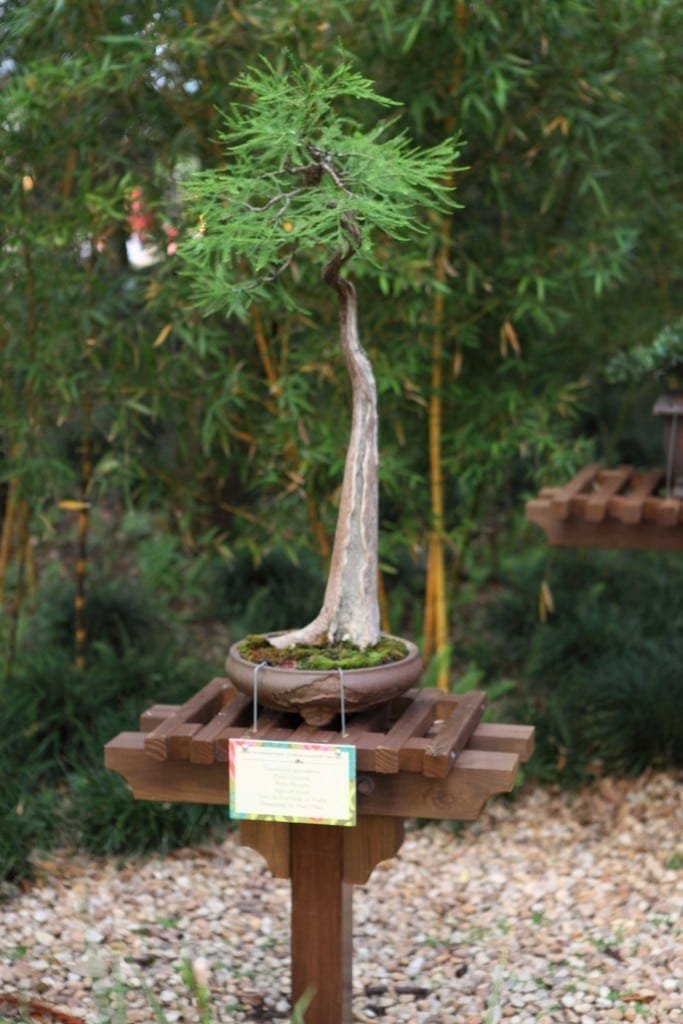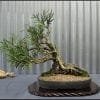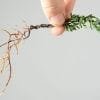You should pick a location to place your bonsai tree keeping in mind that it will need the best environment to grow there. Plants are similar to humans in that they need a healthy environment to grow, flourish and survive. They need to be located in a well vented area that receives plenty of sunshine and a properly maintained temperature. This should also be a location in which your bonsai can be viewed and admired by everyone, including yourself.
It is crucial that your bonsai receives the appropriate amount of sunlight in order to grow and remain healthy – although determining the appropriate amount can be tricky. Different types of trees require different amounts and variations of sunlight. Where your tree is located in your home also plays a role in the amount of sunlight needed.
Sunlight is the most beneficial form of light for keeping bonsai trees healthy. Therefore, the best spot to place an indoor bonsai tree is in the brightest window possible in your house. Just be aware of the fact that often the brightest window is located close to a fireplace, which is not an ideal location for your bonsai. If this is the case in your home, find the next best suitable location.
If your home does not have an adequate bright window, you may need to use artificial lighting for your bonsai. You can purchase a grow light on a timer to provide your tree with additional artificial light. Your bonsai should be placed within 1-4 inches of the artificial light and should receive 12-16 hours of supplemental lighting. The timer will help keep track of this for you.
In addition to sufficient lighting, bonsais also need proper air circulation to remain healthy long-term. Stagnant air could be detrimental to a bonsai’s photosynthetic processes due to debris and dust accumulating on the leaves, which could in turn clog the pores and stomata. Photosynthesis is a life sustaining process necessary for a plant’s survival and adequate fresh air circulation is needed to perpetuate this process.
Adequate fresh air movement also keeps pests and disease (two of a bonsai’s worst enemies) from taking over your tree. Spider mites can spin webs on your bonsai, infesting and damaging them. Proper air circulation can prevent the spider mites from establishing a web. In addition, a good circulation of fresh air will help facilitate another vital process – osmosis – by helping your tree transport essential fluids to its leaves. Good ventilation also promotes water evaporation which in turn prevents soil saturation so your roots do not rot.
If your home (or greenhouse) does not have sufficient fresh air circulation on its own, you might consider opening or cracking a door or window, or leaving a fan running. It is also a good idea to frequently spray a mist of clean water on your bonsai’s leaves in order to keep them free of dust and debris. This helps the photosynthetic processes to continue effectively and helps your bonsai breathe. A good rule of thumb in determining whether your space is properly ventilated is if you are having trouble breathing in fresh air, your bonsai is as well.
Temperate control is another important aspect of a proper environment for nurturing a bonsai. It is important to keep your bonsai between 50-70 degrees at all times and avoid overheating it. It is also important not to allow it to get too cold during the winter months. The origin of your bonsai will help give you a better guideline on temperature. For example, the warmer the climate in the native area your bonsai is from, the warmer it will need to be kept in your home as well.
The microenvironment your bonsai is in should be monitored with a small thermometer. Depending on where your thermostat is placed in your home could make a big difference in temperature if your bonsai is located in a colder or warmer area of the home. A small thermometer near your bonsai will give you a more accurate reading of the actual temperature in its environment.
The temperature of the bonsai and its immediate surroundings should remain stable. It is dangerous for your tree to experience a sudden drop or spike in temperature, so be cognizant of things that could play a role in this, such as door, fans, windows, breezy hallways and location of your heating vents. In the winter months, your bonsai should be kept far away from any doors that are constantly opening and closing in order to avoid cold drafts that could be harmful to the bonsai’s health. It should also be kept away from a heating vent that is intermittently blows hot air.


